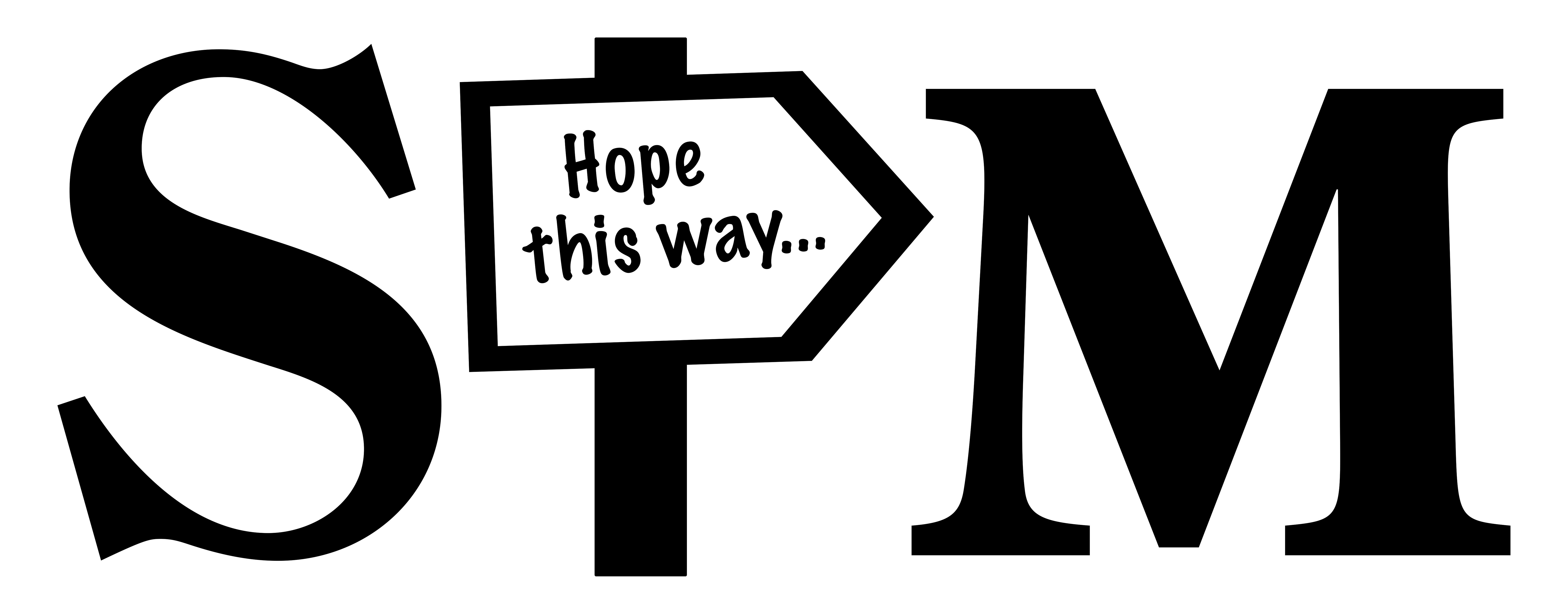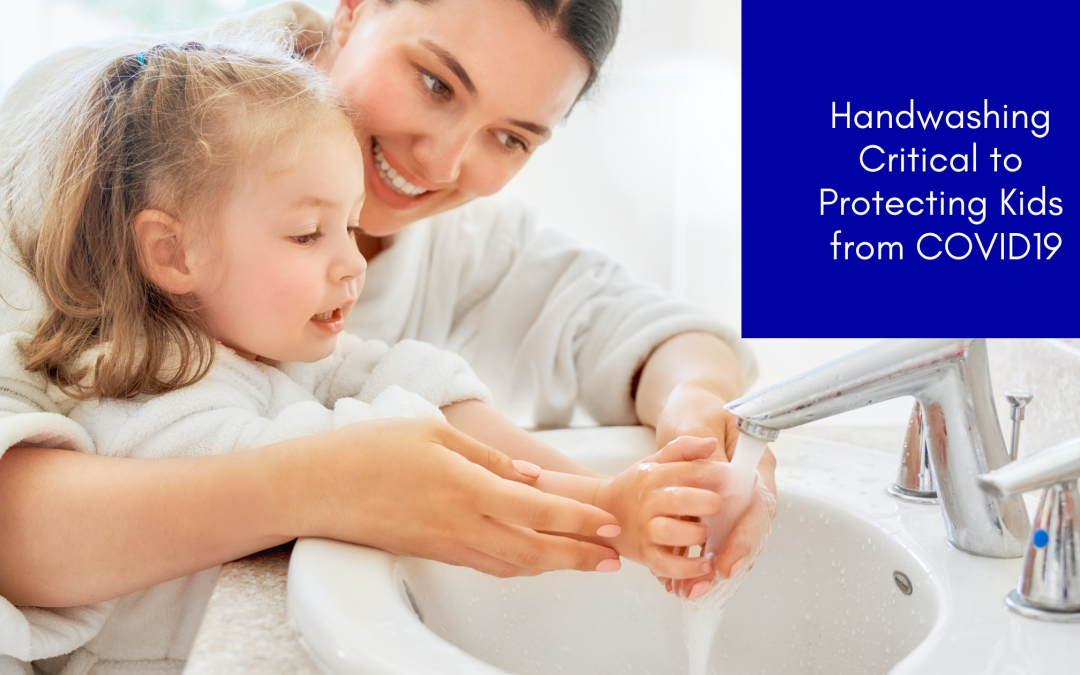Handwashing has always been one of the best ways to protect your family– and yourself– from becoming sick. Because of the continuing pandemic of COVID19 and the approach of the annual flu season, it is extra important to review when and how children should wash their hands to stay healthy. Especially as the December 6-12 period is designated as National Handwashing Awareness Week.
As parents, we teach our children many things. Do you remember teaching them the five easy steps for handwashing: wet, lather, scrub, rinse, and dry? Perhaps you should go over them again; reminders and reinforcement are valuable if you have a special needs child.
Key Times to Wash Hands
According to the Centers for Disease Control and Prevention, handwashing can prevent 1 in 3 diarrhea-related illnesses and 1 in 5 infections, including the flu. Key times to wash hands are:
- Before, during, and after preparing food
- Before and after eating food
- Before and after caring for someone at home who is sick with vomiting or diarrhea
- Before and after treating a cut or wound
- After using the toilet
- After changing diapers or cleaning up a child who has used the toilet
- After blowing your nose, coughing, or sneezing
- After touching an animal, animal feed, or animal waste
- After handling pet food or pet treats
- After touching garbage
The guidance for the list of key times to wash hands was developed by the CDC based on data from a number of studies.
Since handwashing can become a lifelong healthy habit if you start teaching it to kids at an early age, making it a game is a plus. The CDC recommends that hands be scrubbed for at least 20 seconds. What can children relate to in that time frame? It turns out that the Happy Birthday song, performed very slowly is approx. 20 seconds in length.
Washing hands with soap and water is the best way to get rid of germs. If soap and water are not available, you can use an alcohol-based hand sanitizer that has at least 60% alcohol. Then children should wash their hands with soap and water as soon as possible.
Make sure kids understand that they need to get a good lather going and clean the back of the hands, between the fingers, and under the nails. And finish off by drying hands using a clean towel.
For other questions about hand hygiene, check out this CDC page. https://www.cdc.gov/handwashing/faqs.html
This post was written by Anthony M Scialis. Find him here.

